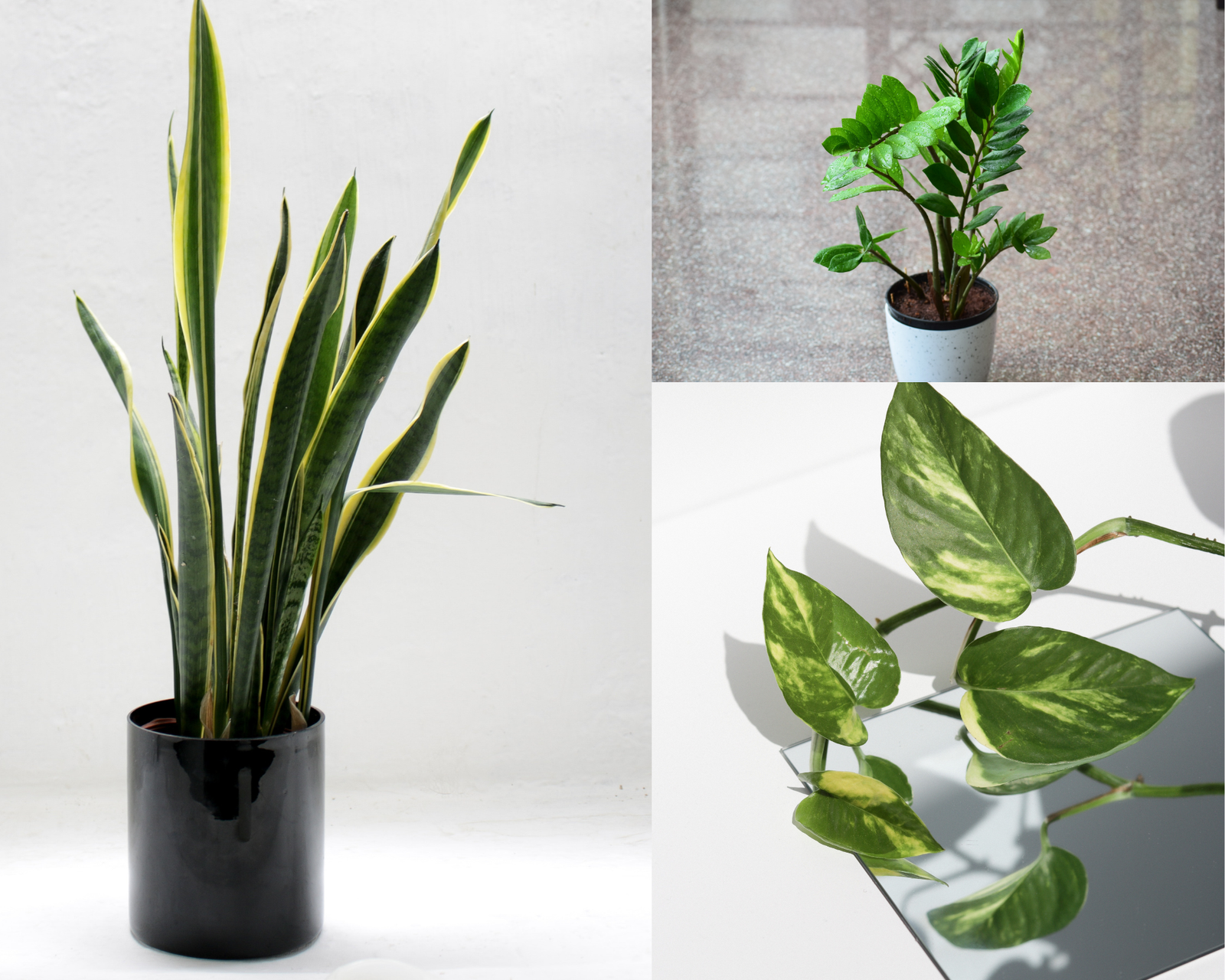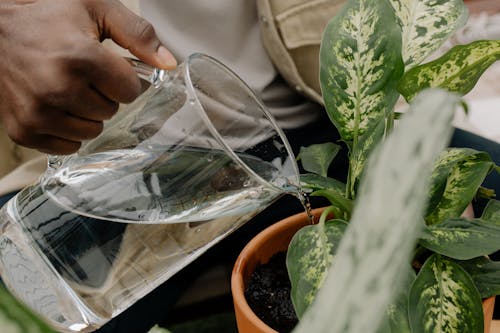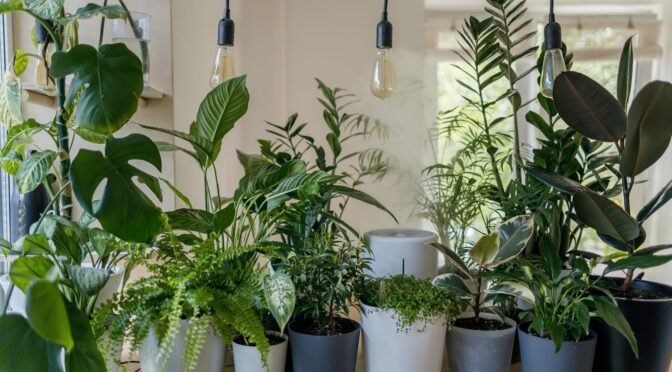
Houseplants have the remarkable ability to transform our living spaces into vibrant, lush havens of tranquillity. Their presence not only adds beauty to our homes but also purifies the air and promotes a sense of well-being. However, many people struggle with keeping their houseplants healthy and thriving. In this article, we will explore the top 10 tips on caring for your houseplants, helping you become a successful and proud plant parent.
Choose the Right Plant:
The first step in successful houseplant care is selecting the right plant for your home. It is essential to consider factors such as light availability, humidity levels, and temperature in the area you intend to place the plant. Some popular low-maintenance options for beginners include pothos, snake plant, and ZZ plant, which can thrive in a wide range of conditions.

Provide Adequate Light:
Light is crucial for the photosynthesis process that allows plants to produce their food. Different houseplants have varying light requirements, so it’s essential to understand your plant’s specific needs. Place high-light plants near windows with ample sunlight exposure and low-light plants in areas with filtered or indirect light. It is essential to do your research on the light requirements for any plant before purchasing. Store bought plants will normally have a label attached that gives you the required information, plants bought online should also have this information displayed on the site.
Water Wisely:
Overwatering is one of the most common mistakes made by inexperienced plant owners. Each plant has its unique watering needs, so it’s essential to do some research or consult with the nursery where you purchased the plant. Generally, it’s better to let the soil dry out between watering sessions to prevent root rot. You can easily check this by pressing down into the soil with your finger, if its still a bit wet then best to let it dry out before watering. It is also good practice to occasionally water your plants over a sink or outdoors so that the water can completely drain out the bottom of the pot. This ensures any bad chemicals or built up salts can be drained out.

Maintain Proper Humidity:
Indoor environments can often be dry, especially during winter when heating systems are in use. Some plants, like tropical species, require higher humidity levels to thrive. To increase humidity, mist your plants regularly or place a humidifier nearby. Grouping plants together can also create a microclimate that benefits their overall health.
Fertilize Regularly:
Houseplants depend on nutrients to grow and flourish. While some potting mixes already contain fertilizers, these nutrients can deplete over time. Thus, it’s essential to fertilize your plants regularly, especially during the growing season (spring and summer). Use a balanced liquid fertilizer or an organic alternative to avoid over-feeding, which can harm the plants.
Prune and Trim:
Regular pruning and trimming are crucial for maintaining the shape and health of your houseplants. Remove any dead or yellowing leaves to prevent disease spread, and trim back leggy growth to encourage new growth. Pruning also promotes better airflow and aesthetics, ensuring your plants look their best.

Monitor for Pests and Diseases:
Houseplants can fall victim to various pests and diseases, which can quickly spread and harm the entire collection. Regularly inspect your plants for signs of infestation, such as webbing, holes in leaves, or discoloured spots. If you notice any issues, isolate the affected plant, and treat it promptly with natural or chemical remedies.
Repot as Needed:
As your houseplants grow, they may outgrow their containers and become root bound. When this happens, it’s time to repot them into larger containers to provide more space for root growth and nutrient absorption. Be sure to choose the right potting mix for your specific plant, as different species have unique soil requirements.
Learn from Experience:
Being a successful plant parent involves learning from both successes and failures. Observe how your plants respond to various care routines and adapt your approach accordingly. Keep a gardening journal to track watering schedules, fertilization, and other practices that work best for each plant.
Show Love and Patience:
Finally, caring for houseplants is not just about providing the right conditions and adhering to schedules. It’s also about showing love and patience to your green companions. Take the time to talk to your plants, gently clean their leaves, and celebrate their growth milestones. The more you connect with your plants, the more enjoyable the experience will be.

Conclusion:
Caring for houseplants is an incredibly rewarding experience that brings natural beauty and positive energy into your home. By choosing the right plants, providing adequate light, water, and nutrients, and staying vigilant for any signs of trouble, you can create a thriving indoor garden that flourishes for years to come. Remember, being a plant parent is a journey of learning and nurturing, so be patient with yourself and your plants as you both grow together. Happy gardening!

Leave a Reply